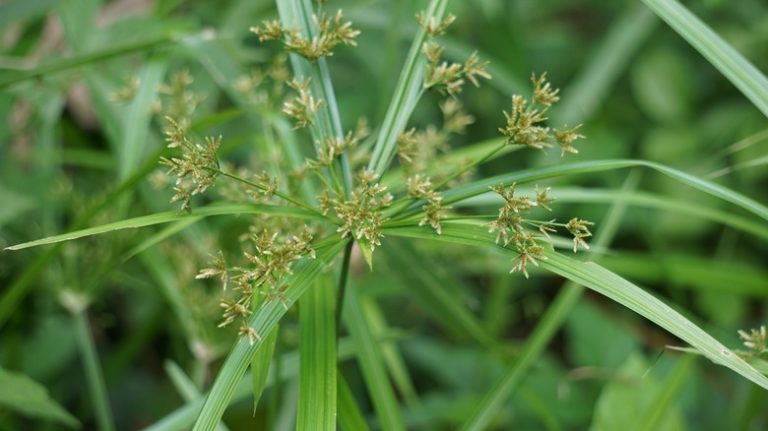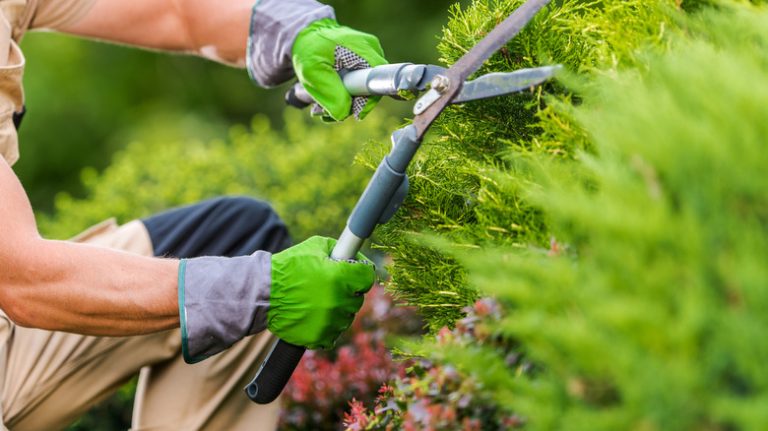Perfecting the technique isn’t all there is to pruning your fruit trees; nailing the timing is crucial, too. Prune too early, and your trees won’t be as winter-hardy, making them susceptible to winter injury if the mercury drops suddenly. In contrast, pruning too late redirects the resources to growing new foliage instead of fruits, defeating the purpose of planting fruit trees. The sweet spot lies in pruning in late winter, before the buds start setting in and the trees wake up from dormancy.
However, the best timing depends on your location, the type of fruit tree, and the reasons for pruning. To elaborate, fruit trees stir out of inactivity after their “chill hours” requirement is met. While it varies across different varieties — 1,200 and 800 hours for most apple and peach trees, respectively — the condition is fulfilled when the temperatures hover between 32 and 45 degrees Fahrenheit. When the trend persists, trees allow their previously suppressed buds to develop, eventually producing healthy fruits. So, the right pruning timing would most likely fall between January and March for most zones. Stone fruits, such as cherries and plums, are an exception to this rule. They’re due for haircuts during the summer (from May to September), or else they may contract silver leaf, a fungal infection that stains their foliage silver. Moreover, winter pruning spurs avid growth, especially in new and bare root trees, but if you’re trying to shape them up or remove diseased branches, light summer trims won’t hurt.
Prune late, not early

Winter pruning works because the fruit trees are bare. No leaves augur well for structural visibility, easing the removal of broken, diseased, and decayed branches. Moreover, as the trees move their carb-rich food to their roots from their leaves during this season, pruning doesn’t diminish their resources, allowing them to grow new foliage and fruit. Another advantage is that the fruit trees can quickly heal their pruning wounds without infections as the warmer spring season is around the corner and the pesky pathogens are still off-duty. Unfortunately, you can’t enjoy the fruit of your labor if you prune too early in the winter.
Fruit trees acclimate to cold weather in three stages after becoming dormant. The first stage begins when the days become shorter, making the trees tolerant of a 10 to 15-degree temperature dip. Subfreezing temperatures kick off the second stage, increasing cold tolerance by another 10 degrees. It finally maxes out in mid-January as the temperature approaches near zero. Pruning anytime during these stages will lower the tree’s winter resilience. Simply put, if the tree isn’t as hardy, it can easily suffer cold and frost damage, derailing its growth. Worse, if it is exposed to a warm spell mid-winter followed by a sudden temperature drop, it won’t be able to reacclimate in time, risking injury or death. Although some believe pruning’s impact neutralizes after two weeks, some studies have concluded otherwise, stating a November trim’s effect persists until February.
Exceptions to the rule

While winter pruning is great, it isn’t for everyone. For instance, as winter rains expose Apricot trees to fungi infections, they’re best trimmed between August and September to eliminate the possibility of aggravated pruning wounds. The same principle applies to stone fruit trees. Similarly, evergreen fruit trees, including avocado, are best left for spring pruning when the danger of frost damage is long past.
With that out, summer pruning may be amenable when trying to help your trees that aren’t supplying fruit. Usually, sunlight can’t breach past the top 3 to 4 feet of the tree’s canopy, hurting the lower branches since they require over 50% exposure for the buds to bear fruit. Removing a few clears the path for the sun and the fruits. Moreover, trimming down lateral branches boosts the formation of perennial fruit-bearing buds, meaning they set fruits over successive years, like a gift that keeps giving. Although unclear, it’s believed that pruning douses the tree with ethylene gas, a growth stimulator. Summer pruning is especially crucial for young trees, as they can be “trained” to produce fruits on stronger branches and be molded to fit the landscape.




